If you’re lucky enough to have a cottage, you know how much of a haven it is for you.
It’s a place to disconnect from the hustle and bustle of the everyday. A place to breathe fresh air and relax. Your cottage gives you so much. What if you could return the favour?
A whopping 90 per cent of aquatic life depends on shorelines for survival. What’s more 70 per cent of land animals do the same! That makes shorelines critical habitat for our wild animals. There are plenty of things you can do to help these creatures – especially when you care for the habitat they need so desperately.
Get Digging
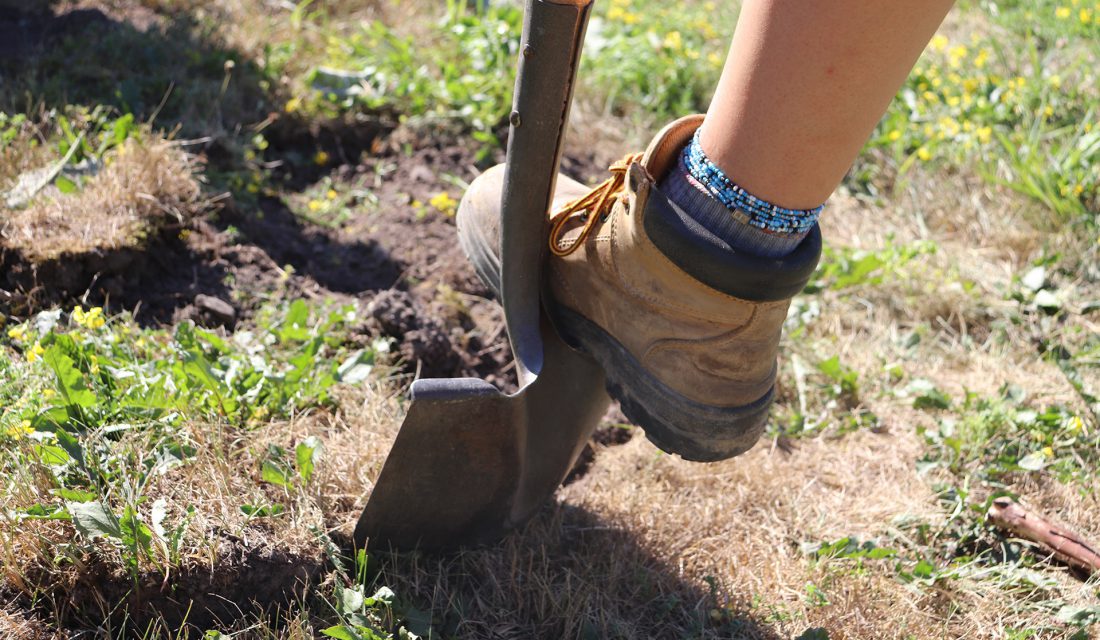 Planting native plants along your shoreline is the best way to stop runoff from happening. That buffer zone does the best job when it’s about 30 metres wide (or even bigger!!). To get an idea of what kind of vegetation you should plant, take a look around your property and see which ones are most abundant and thriving. This area also becomes habitat for wildlife! You’ll find that fish and frogs will use this area to avoid predators and also chow down on insects while they’re at it!
Planting native plants along your shoreline is the best way to stop runoff from happening. That buffer zone does the best job when it’s about 30 metres wide (or even bigger!!). To get an idea of what kind of vegetation you should plant, take a look around your property and see which ones are most abundant and thriving. This area also becomes habitat for wildlife! You’ll find that fish and frogs will use this area to avoid predators and also chow down on insects while they’re at it!
Plant a Tree or Two or Three!
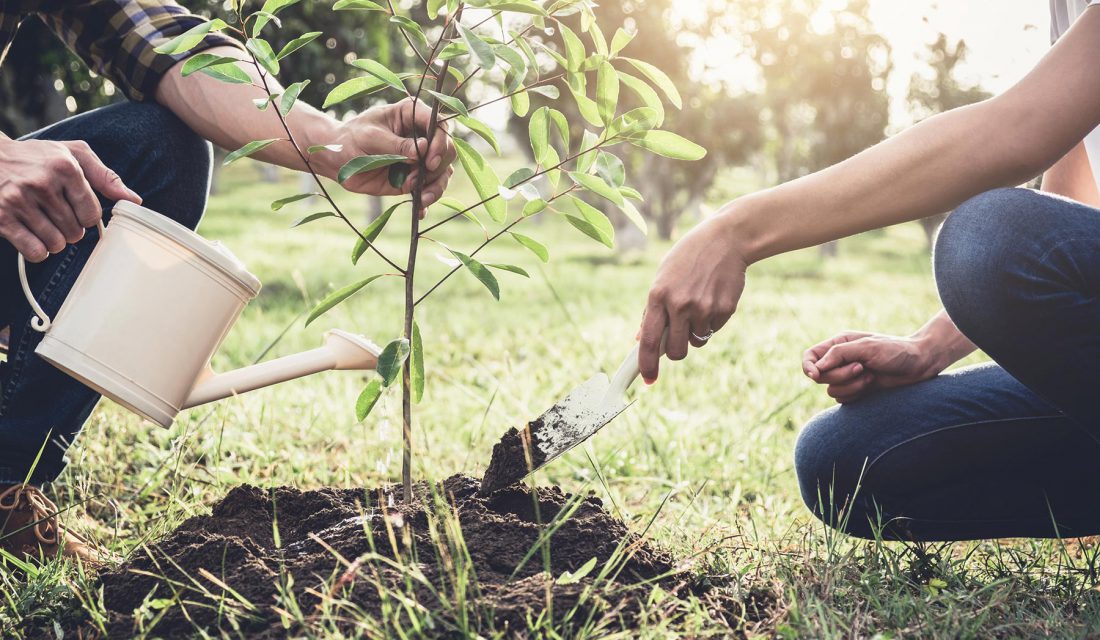 You should also plant cavity, mast, and coniferous trees. In Ontario alone, more than 50 species of birds and mammals rely on cavity trees for their survival. Trees that produce fruit and seed like maple, elm, oak and beech (mast trees) offer wildlife some healthy fats to tide them through the winter, while coniferous trees provide amazing shelter for wildlife.
You should also plant cavity, mast, and coniferous trees. In Ontario alone, more than 50 species of birds and mammals rely on cavity trees for their survival. Trees that produce fruit and seed like maple, elm, oak and beech (mast trees) offer wildlife some healthy fats to tide them through the winter, while coniferous trees provide amazing shelter for wildlife.
Retire Your Lawn
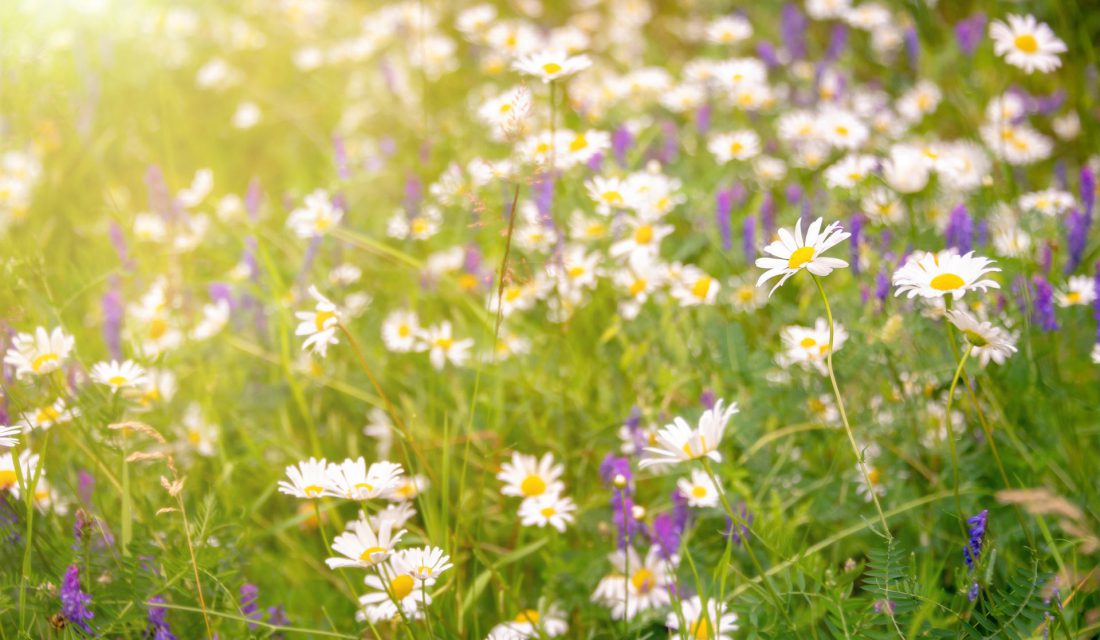 Isn’t the whole point of a cottage to relax? Who needs an afternoon of lawn mowing, anyway? Over 55 per cent of precipitation runs off lawns – taking with it all the fertilizers and pesticides used on it. By retiring your lawn and planting native plants instead, you’ll be saving yourself a ton of time and the planet too.
Isn’t the whole point of a cottage to relax? Who needs an afternoon of lawn mowing, anyway? Over 55 per cent of precipitation runs off lawns – taking with it all the fertilizers and pesticides used on it. By retiring your lawn and planting native plants instead, you’ll be saving yourself a ton of time and the planet too.
Don’t Tidy Up Too Much
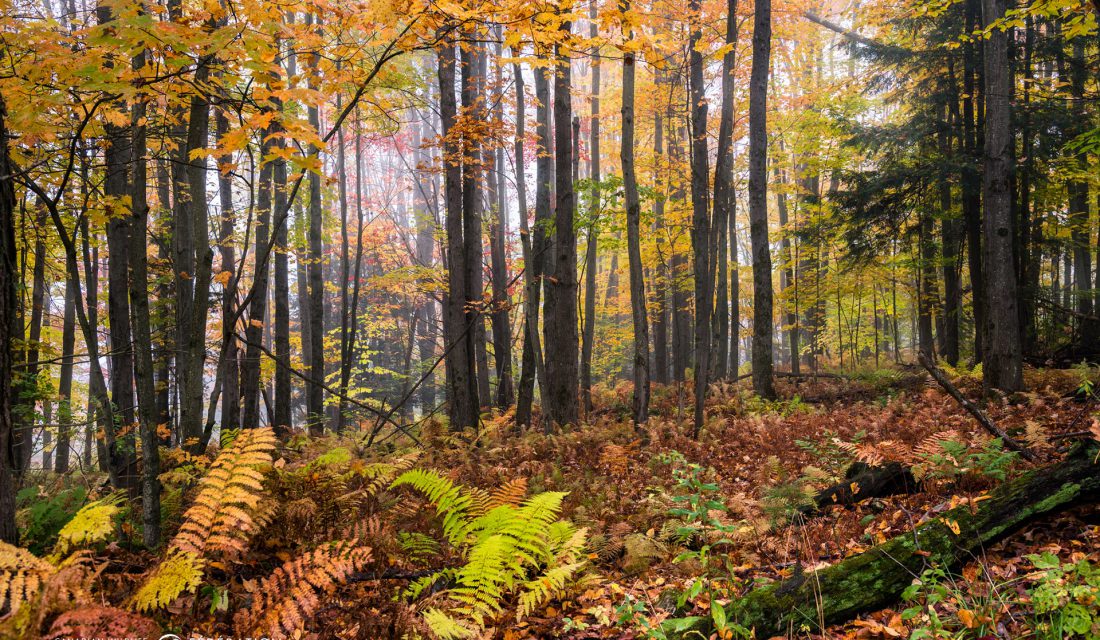 When a tree or big branch falls into the water, don’t be in a hurry to haul it out. These end up being really beneficial for the wildlife in the lake! Some smaller creatures like fish will use those structures to hide from predators. And turtles will use them to bask in the sun!
When a tree or big branch falls into the water, don’t be in a hurry to haul it out. These end up being really beneficial for the wildlife in the lake! Some smaller creatures like fish will use those structures to hide from predators. And turtles will use them to bask in the sun!
Build a Better Path
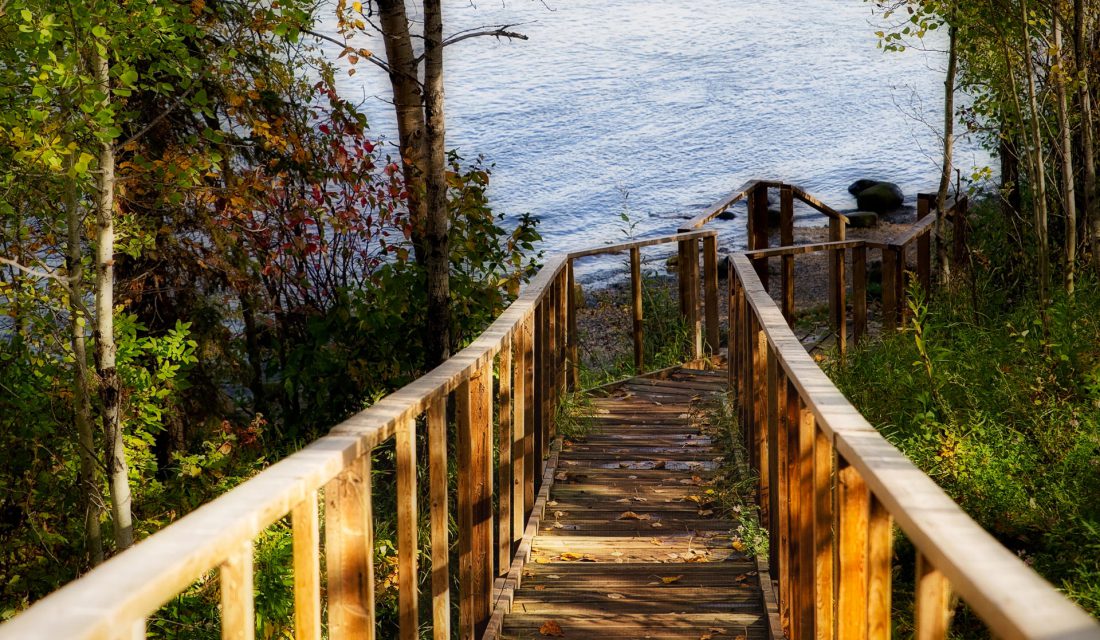 Did you know improperly built paths can cause erosion? If your path leads straight from your cottage down to the water, it could be carrying soil and runoff right along with it. You want to build a path that follows the contours of the slope in an S curve pattern to avoid erosion. Better yet, lay gravel, mulch and wood chips on the path to protect it from the elements.
Did you know improperly built paths can cause erosion? If your path leads straight from your cottage down to the water, it could be carrying soil and runoff right along with it. You want to build a path that follows the contours of the slope in an S curve pattern to avoid erosion. Better yet, lay gravel, mulch and wood chips on the path to protect it from the elements.
Swap Your Motorized Boat for a Canoe
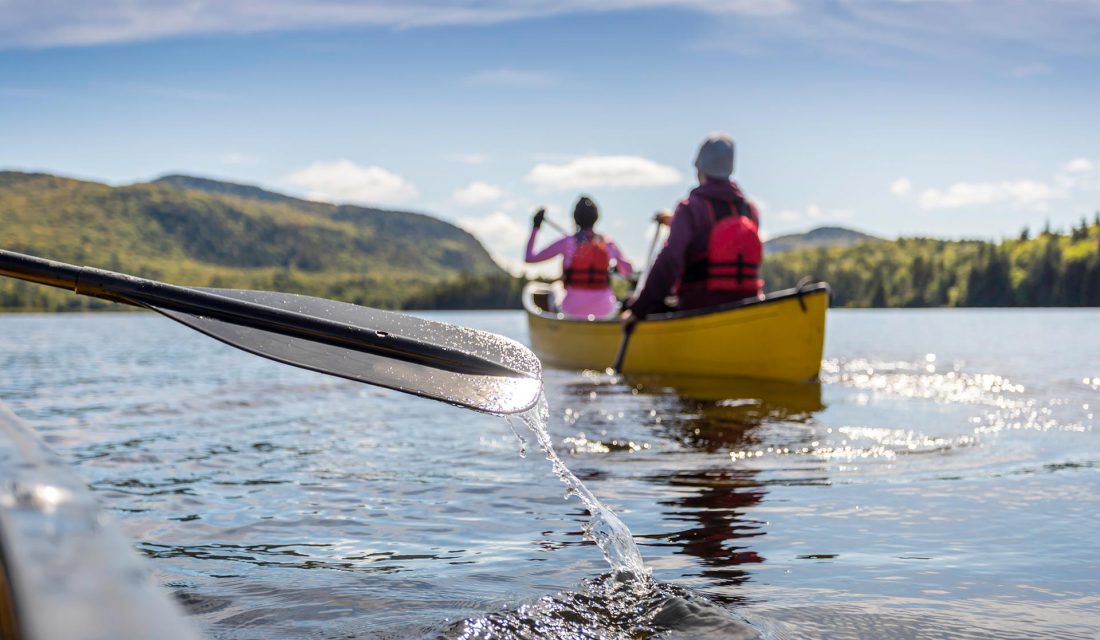 Who knew boat wake could do so much damage? It can cause erosion when the waves crash against the shoreline, and can also flood the nests of loons and waterfowl. Why not swap your motorized boat for a canoe or paddle boat? You’ll be more likely to see wildlife since you won’t disturb them as you paddle by. If you just can’t get rid of your jet ski, slow down to 10 kilometres an hour within 30 metres of the shore to reduce your impact.
Who knew boat wake could do so much damage? It can cause erosion when the waves crash against the shoreline, and can also flood the nests of loons and waterfowl. Why not swap your motorized boat for a canoe or paddle boat? You’ll be more likely to see wildlife since you won’t disturb them as you paddle by. If you just can’t get rid of your jet ski, slow down to 10 kilometres an hour within 30 metres of the shore to reduce your impact.
Pick the Perfect Dock for Your Cottage
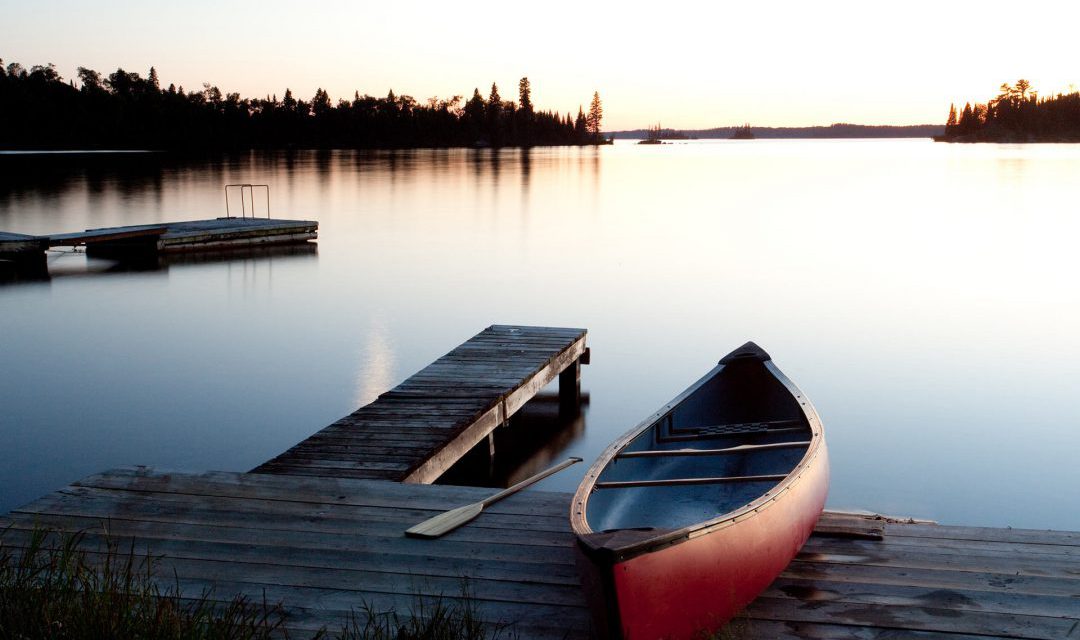 Some docks can disturb fish habitat and damage shorelines. But there are environmentally friendly docks out there that don’t disturb the bottom of the lake or upset fish habitat. Our favourites? Pipe docks, cantilever docks (which sit entirely out of the water), and floating docks.
Some docks can disturb fish habitat and damage shorelines. But there are environmentally friendly docks out there that don’t disturb the bottom of the lake or upset fish habitat. Our favourites? Pipe docks, cantilever docks (which sit entirely out of the water), and floating docks.
You don’t need glaring lights to light your path to the water. In fact, bright lights can negatively affect wildlife by changing how they forage for food, mate, hibernate and migrate. Get motion detectors for lights around the cottage, and put solar lights in the ground along your path to the water.


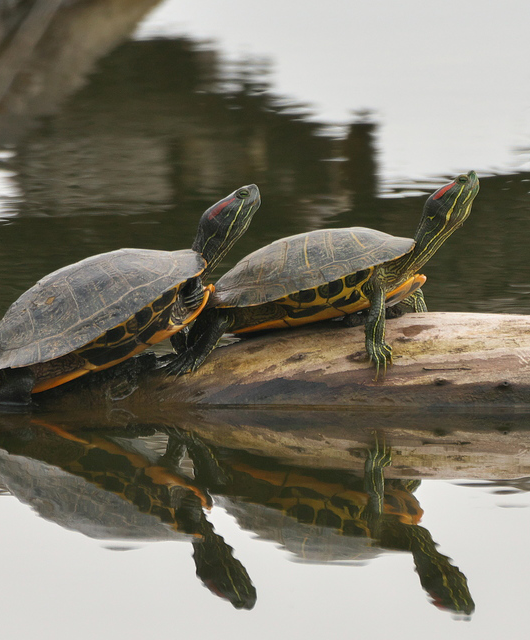
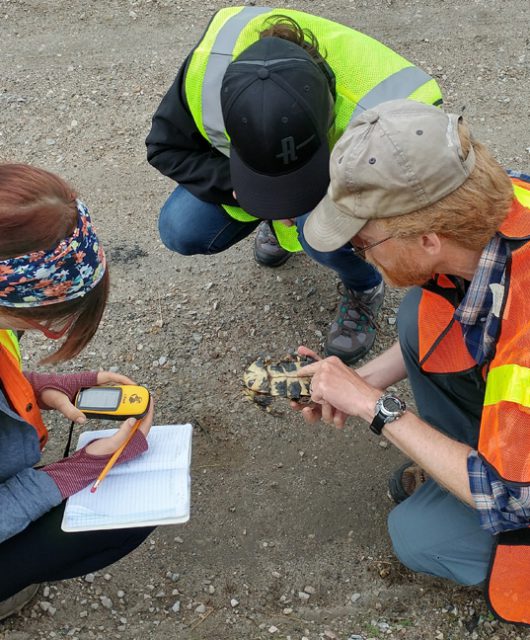
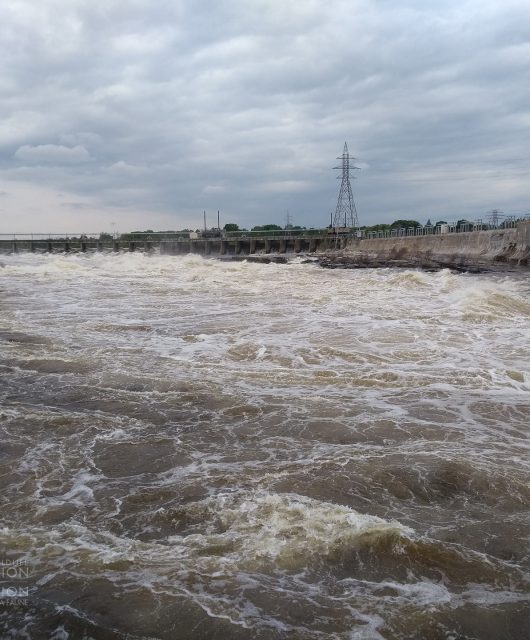
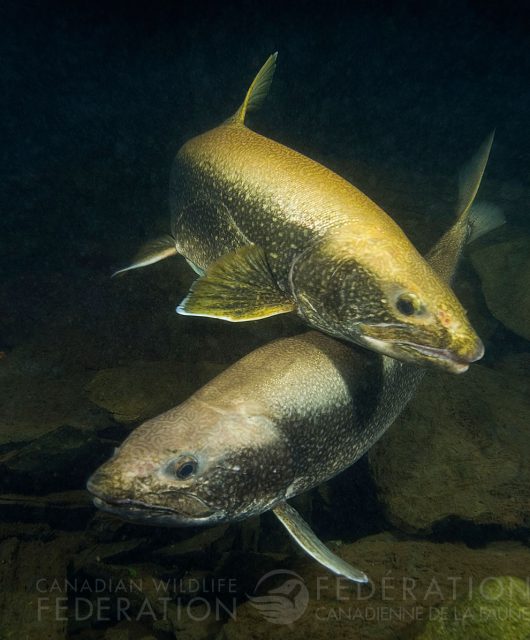
1 comment
I have an American toad who keeps coming up on my deck. It’s about 12 feet above ground at the highest spot. There are 8 steps to climb. My property is on waterfront and in the woods near Algonquin Park. This is the second summer this toad has visited. At least I think it’s the same toad – same size (about 3 to 4 inches long) and the same colour. He mostly shows up during the day although last summer he sometimes stayed overnight. He comes and goes. I’ve left dead bugs for him and they disappear so I guess he eats them. Last summer he used to sit on the edge of the drainage dish under one of my potted plants. This year he’s favouring sitting against the wall of the building even though it’s usually sunny there when he arrives. This seems like unusual behaviour for a toad to me. Has anyone else seen this sort of behaviour from an American toad?